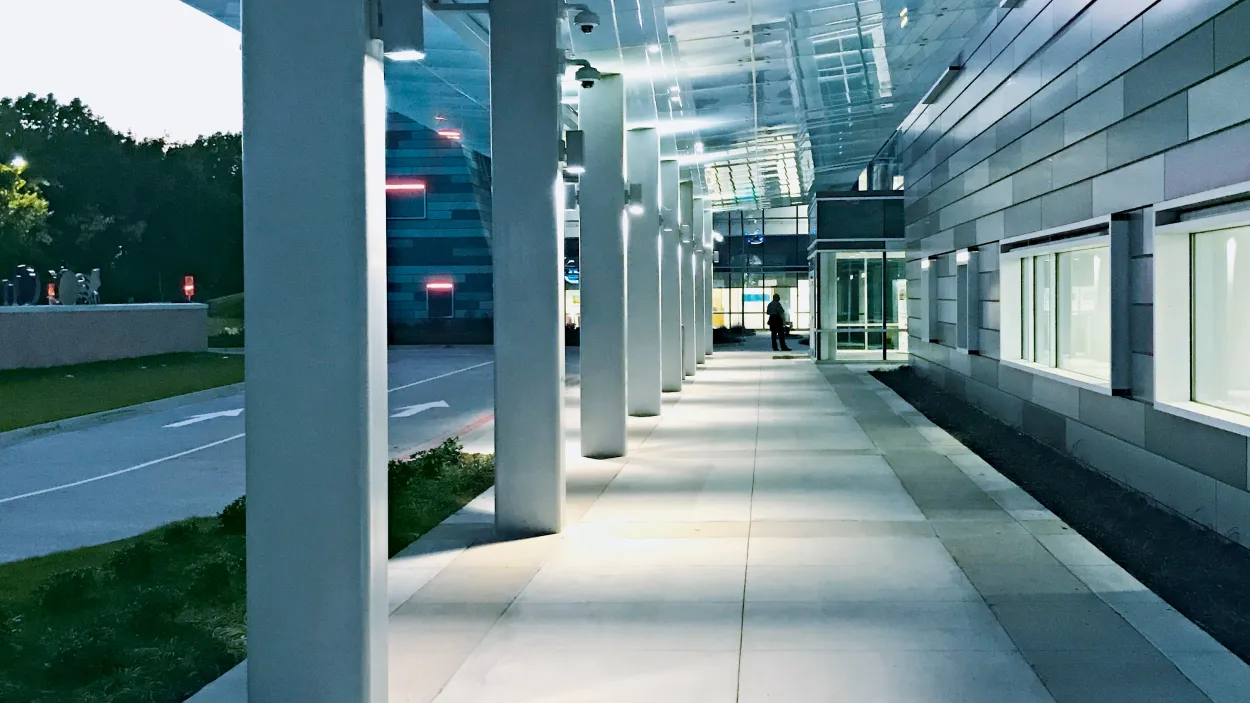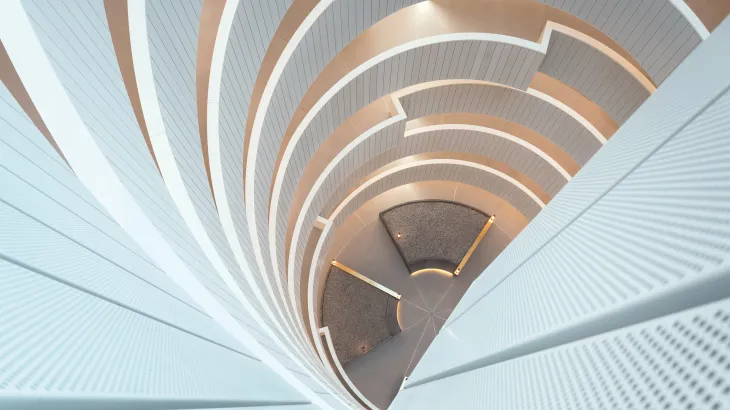Achieving High Standards in Sustainable Healthcare Construction with OneCem® Portland Limestone Cement
Batson Children’s Hospital is the only hospital in Mississippi dedicated to providing children with medical care in more than 30 specialty areas, including newborn medicine, pediatric cardiology, neurology, and surgery. Located on the campus of the University of Mississippi Medical Center in Jackson, the facility averages 10,000 patients annually from throughout the state and around the country.
Opened 1997, Batson Children’s Hospital was bursting at the seams and in dire need of additional space to allow hundreds of additional children to be cared for every year. In response, the hospital announced plans for a new 370,000 square foot addition that would more than double its size. The new seven story tower includes intensive care rooms, surgical suites, a state-of-the-art imaging center, and a children’s heart center. To make hospital visits as smooth as possible for visiting families, the expansion project also included an adjacent five level, 193,000 square foot parking garage.
The Challenge
From the very beginning, the project team was committed to incorporating exemplary levels of sustainability in construction. With concrete being a significant portion of the expansion project, the use of sustainable materials in the high-performance mixes was of paramount importance.
The plan called for 26,600 cubic yards of concrete for the hospital tower and 8,000 cubic yards of concrete for the parking garage. Mixes needed to meet specified durability requirements for moderate sulfate resistance and chloride exposure, as well as achieve compressive strengths of 4,500 psi for the foundations, 5,000 psi for the elevated decks, and 6,000 psi for the structural columns. Achieving a 75 percent early strength gain of 3,750 psi within three days for the elevated decks, especially the post-tensioned slabs of the parking garage, was also important to keeping the project on schedule.
The challenge for MMC Materials was to come up with the ideal sustainable concrete solutions for the wide range of construction applications while attaining the best possible balance in meeting the project’s structural performance, cost, and constructability goals.
The Solution
With sustainability being a high priority, the project offered an ideal opportunity for using concrete mix designs incorporating Portland Limestone Cement (PLC) and Class C fly ash.
Used seamlessly as a direct substitution for ordinary Portland cements, PLC (Type IL) provides performance that is equivalent to or better than Type I/II cements. Because OneCem® PLC uses less clinker than the traditional manufacturing process, carbon dioxide emissions are reduced by five to ten percent per ton of cement. Reducing clinker content even more with fly ash further lowers a project’s carbon footprint.
MMC Materials has a long history of using PLC and started to use it as a replacement for Type I/II cement in 2015 based on the performance and sustainability benefits seen with Type IL cement and fly ash mixes. Previous engineering studies have documented the synergies between PLC and fly ash with increased compressive strengths at all ages and set time reductions from 60 to 90 minutes.
According to Taylor Wilson, sales and service coordinator at MMC Materials, PLC interacts with fly ash extremely well and allows higher amounts of Class C fly ash to be used in concrete mixes. “Type IL cement not only enables the use of more recycled materials to reduce clinker content but also helps achieve better, early strength gain and improved set time for concrete placement,” he explained.
To develop cost-efficient mix designs for various structural concrete applications on the project, the quality control team at MMC Materials evaluated 25 different recipes of OneCem PLC, Class C fly ash, various admixtures, and different aggregates. Laboratory analysis included tests on early strength, maturity of the concrete, slump, workability, set time, permeability, and durability.
Upon completion of the performance assessments, the team locked in six mixes incorporating OneCem PLC, 20 to 30 percent Class C fly ash, and various performance-enhancement admixtures. “The admixtures worked extremely well with the OneCem PLC and allowed us to decrease the amount of cement in the mixes, which helped with our cost efficiency goals as well as the long term durability of the hospital tower and parking garage,” said Wilson.
Throughout the construction process, MMC Materials supplied the sustainable concrete mixes from two of its batch plants located 15 minutes from the job site and conducted quality control tests in the laboratory and in the field during every pour. Cylinders were cast and tested every 150 yards.
The Results
With a ribbon-cutting ceremony held in October 2020, the hospital expansion project was completed on schedule and within budget. The new tower will be transformational in the care of Mississippi’s children and ensure they have access to state-of-the-art medical treatment far into the future.
The concrete developed, produced, and supplied by MMC Materials for the tower and garage were successful from every vantage point. From a sustainable construction perspective, the use of OneCem PLC combined with fly ash replacement levels of 20 to 30 percent reduced the embodied carbon of the concrete by as much as 35 percent.
The custom-designed PLC/fly ash mixes also achieved all application-specific performance targets for durability, permeability, workability, ultimate strength, and finishing qualities. “We were especially pleased with the improved performance in hitting early strength gain for turning over the slabs, enhancing set times, and providing excellent finishes on the exposed concrete surfaces,” said Wilson. “For the project team, these enhanced performance properties were a huge benefit in terms of increased productivity, labor cost savings, and keeping the job moving along on schedule.”









